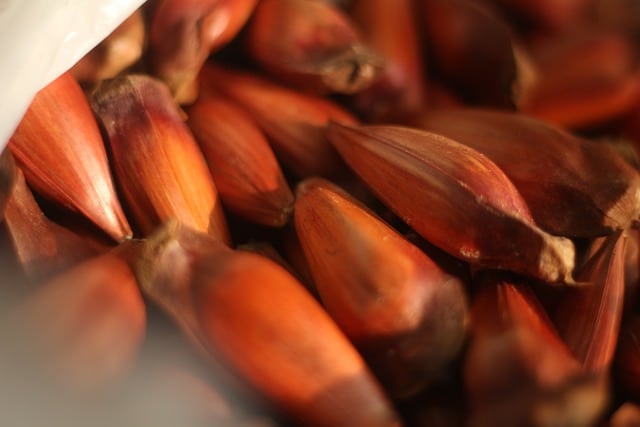
A genus of trees is called aracauria.
Araucaria is a term that comes from Arauco , the name of a historical region of South America that currently identifies a peninsula, a province and a city in Chile . The concept refers to a genus of trees .
Araucarias are part of the Abietaceae family group, like larches, firs and pines. They can reach a height of about 50 meters, with a cone-shaped crown and evergreen leaves.
Characteristics of the araucaria
It is possible to recognize different species of araucarias. All of them, as we already indicated, make up the Abietaceae group, with which we can mention several characteristics in common.
Abietaceae are gymnospermous plants : their carpels do not form a closed cavity to house the ovules, with which their seeds remain exposed. Gymnosperms, in turn, are phanerogamous since their reproductive organs take the shape of a flower and are visible.
Other features of the abietaceae - and, therefore, of the araucarias - are that they have persistent leaves, unisexual flowers and seeds that appear protected by tight scales. As for the fruit, in the case of the araucaria it is drupaceous and stands out for the sweet flavor of its almond (the seed of the drupaceans).
Some species
The araucaria is native to South America, although it also grows in Oceania and has been introduced to North America and Europe . Its name derives from Arauco , also called Araucanía , which is the area where the Araucanians or Mapuches lived in the current south of Chile when the Spanish conquerors arrived.
These trees are common in steppes and forests of Patagonia , both in Chile and Argentina . Certain species also occur in Paraguay , Brazil and Uruguay .
Many times the word araucaria refers specifically to the Araucaria araucana , a species also mentioned as pehuén , araucaria pine or araucano pine . Despite frequent names, this conifer is not a pine .
The Araucaria araucana is a natural monument, being protected in several national parks. In Argentina it is also a species that receives protection to guarantee its conservation. In any case, this araucaria is highly valued in carpentry and construction due to the quality of its wood .
Another species of the genus is Araucaria angustifolia , called Brazilian araucaria , missionary pine or Paraná pine . It grows in sectors of Brazil , Argentina , Paraguay and Uruguay and requires a subtropical climate .
The monkey puzzle tree ( Araucaria heterophylla ), the columnar monkey puzzle tree ( Araucaria columnaris ), and the Australian monkey puzzle tree ( Araucaria bidwillii ) also make up this genus .

Araucaria almonds, also called pine nuts, are a highly appreciated food.
Araucaria in food
The almonds of araucarias, usually called pine nuts because of their resemblance to pine seeds, are edible. In fact, they have been important in feeding indigenous populations in America and Oceania .
Currently, sweets, vinegars, dressings and liqueurs are made with these pine nuts. They can also be turned into flour and prepared in pickles and soups , to mention other possibilities.
Regarding the nutritional properties of aracauria pine nuts, it should be noted that these almonds are a source of calories , carbohydrates and proteins .
